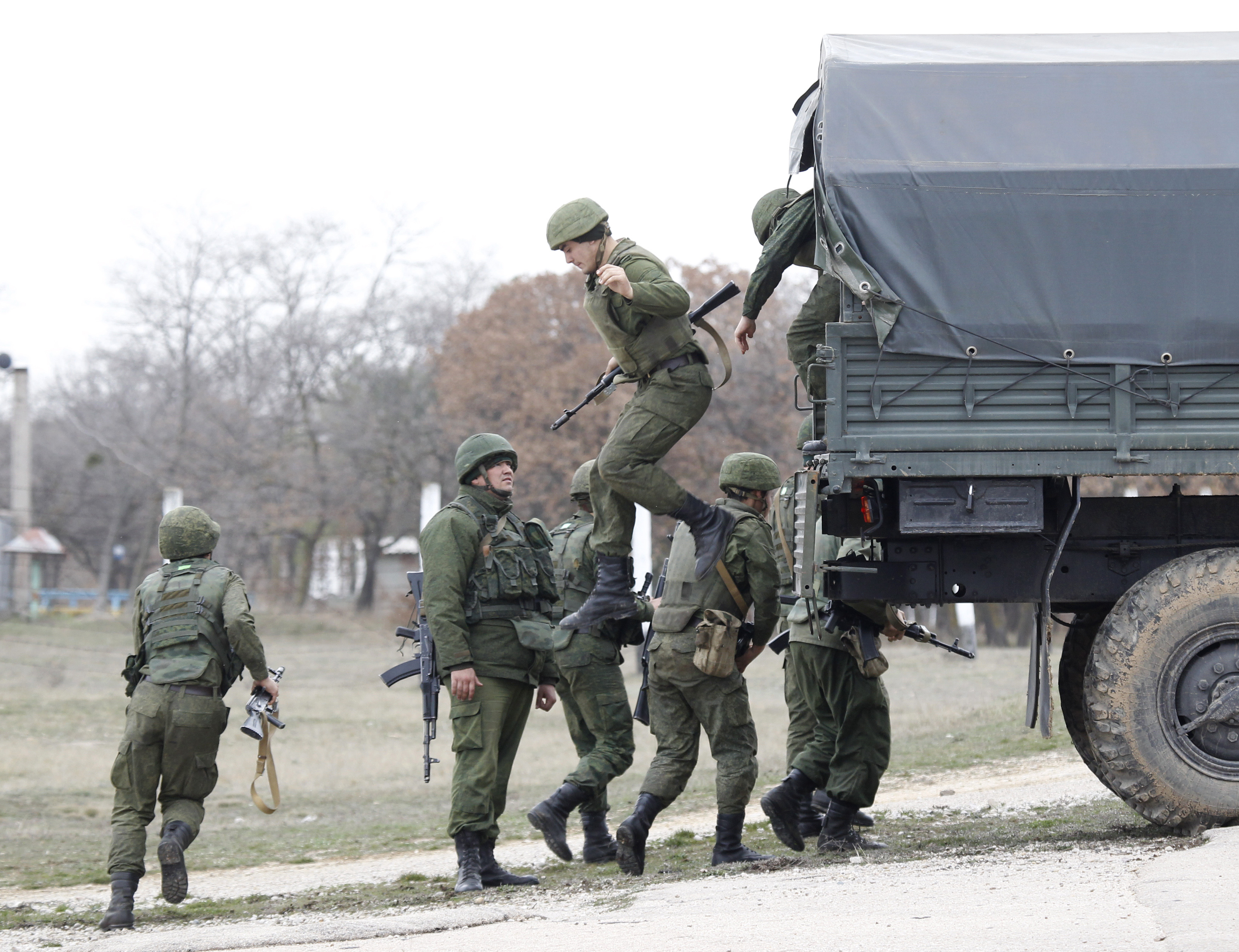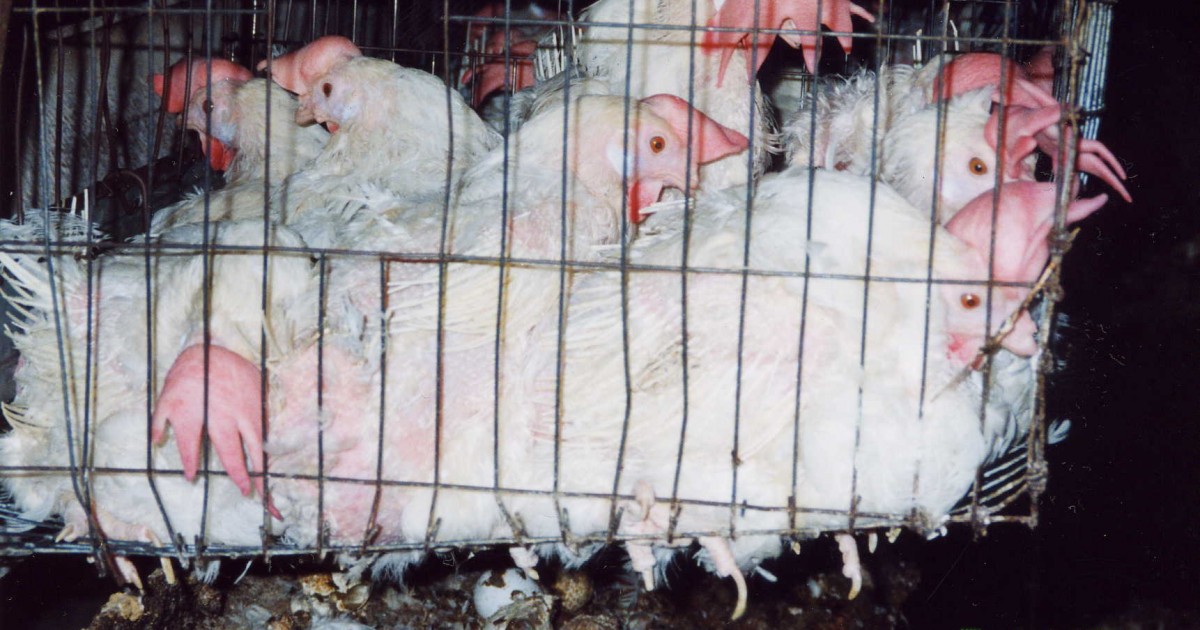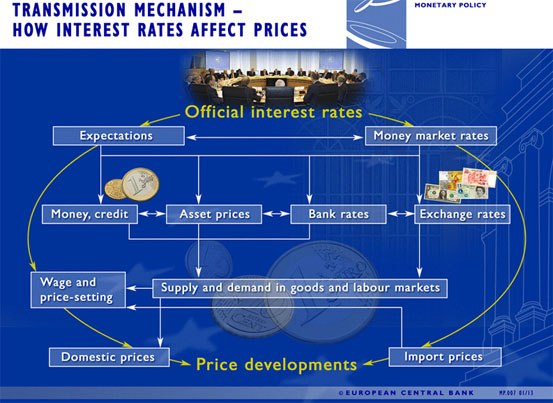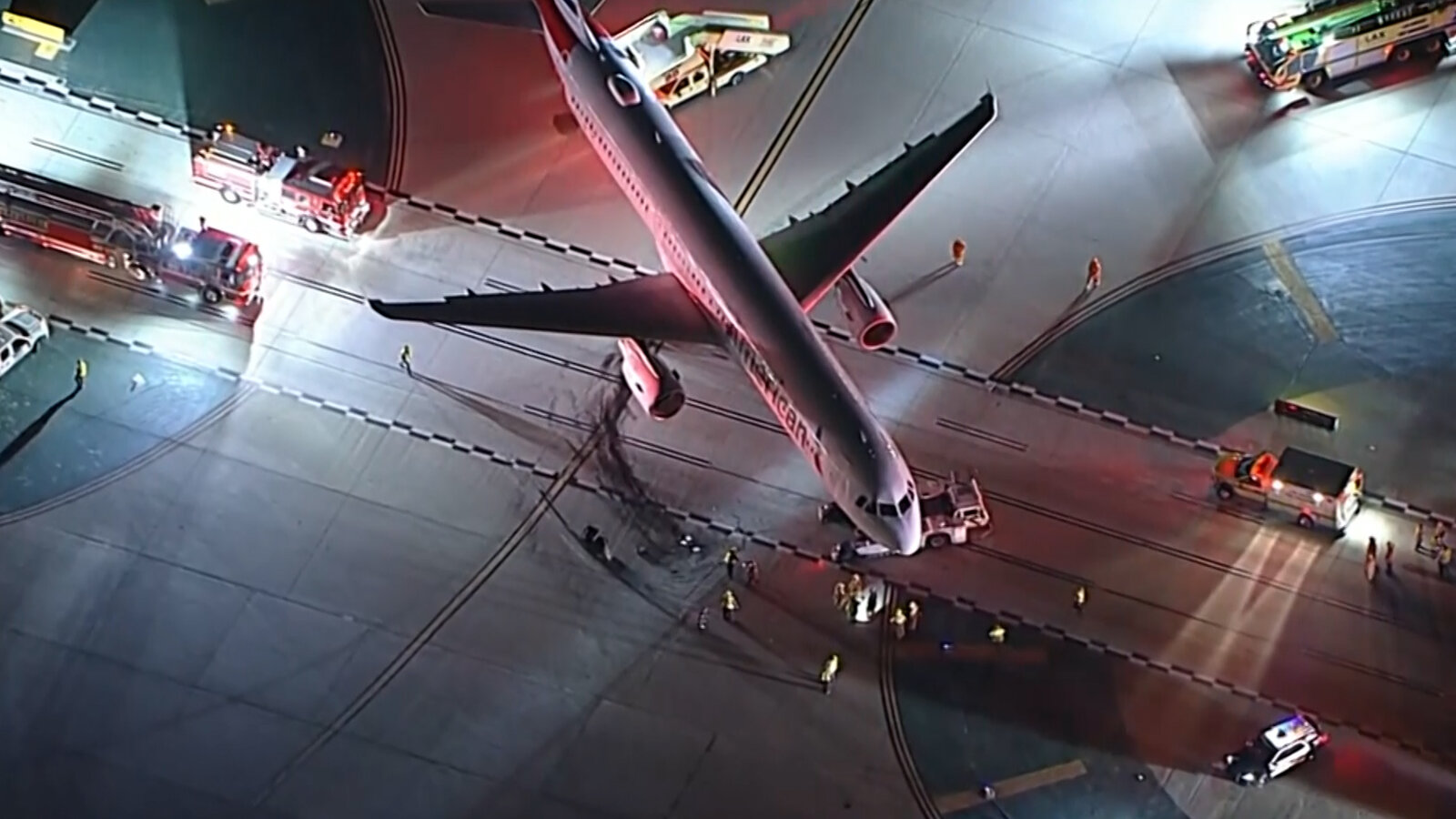Europe On Edge: Analyzing Recent Russian Military Moves

Table of Contents
Increased Military Presence in Belarus
The significant increase in Russian military presence in Belarus represents a major shift in the regional security dynamic. This heightened presence manifests in two key areas: joint military exercises and the reported deployment of tactical nuclear weapons.
Joint Military Exercises
The scale and frequency of joint Russian-Belarusian military exercises have dramatically increased in recent years. These exercises, often conducted under the guise of routine training, have strategic implications, effectively turning Belarusian territory into a staging ground for Russian forces.
- Specific exercise names: Zapad (West), numerous smaller, less publicized drills.
- Dates: Exercises have occurred with increasing frequency since 2020, intensifying significantly after the 2022 invasion of Ukraine.
- Troop numbers: The exact numbers are often undisclosed, but reports indicate tens of thousands of troops participating in larger exercises.
- Types of weaponry involved: A wide range of weaponry, including tanks, artillery, fighter jets, and missile systems, are consistently involved.
The impact of these exercises on NATO's eastern flank is substantial. The prolonged presence of Russian troops and equipment in Belarus creates a constant threat, requiring NATO to maintain a heightened state of readiness and potentially prompting further military deployments in the region. The potential for these exercises to evolve into a larger-scale operation remains a significant concern.
Deployment of Nuclear Weapons
Reports of the deployment of tactical nuclear weapons in Belarus have further heightened tensions. This move represents a significant escalation, raising concerns about the potential for nuclear proliferation and the risk of accidental or intentional use.
- Specific statements from involved governments: Russia has confirmed the deployment, while Belarus has supported the decision. NATO and other Western nations have expressed strong condemnation.
- International responses: The international community has reacted with strong condemnation, expressing concerns about the implications for regional and global security.
- Potential impact on regional stability: The deployment significantly destabilizes the region, increasing the risk of miscalculation and escalation.
The credibility of the threat is a subject of ongoing debate. While the exact capabilities and deployment status remain unclear, the mere possibility of nuclear weapons being readily available in Belarus poses a serious threat to regional stability and dramatically raises the stakes of any conflict.
Activity in the Black Sea and Azov Sea
The Black Sea and Azov Sea regions have witnessed a significant increase in Russian naval activity, impacting maritime traffic and regional security. This activity takes two prominent forms: naval deployments and the targeting of Ukrainian infrastructure.
Naval Deployments
The Russian Black Sea Fleet's presence has intensified, with a wide range of vessels deployed throughout the region. This increased activity limits freedom of navigation and contributes to regional instability.
- Types of vessels deployed: A mix of warships, submarines, and support vessels are consistently present.
- Locations of deployments: Key areas include the approaches to the Bosphorus and Dardanelles straits, as well as along the Ukrainian coast.
- Observed activities: Activities include patrols, naval exercises, and the blockade of Ukrainian ports.
This increased naval presence directly impacts Ukrainian grain exports, significantly hindering the movement of vital food supplies to the global market, causing food shortages and impacting global food security. Freedom of navigation in these crucial waterways is also severely hampered.
Targeting of Ukrainian Infrastructure
The targeting of Ukrainian port infrastructure by Russian forces has had devastating consequences, impacting the global food supply. These attacks are not only a military tactic but also a humanitarian crisis.
- Specific instances of attacks: Numerous attacks have targeted grain storage facilities, port facilities, and transportation infrastructure.
- Damage assessment: The damage has been extensive, disrupting agricultural production and export capabilities.
- Humanitarian consequences: The attacks have led to food shortages and humanitarian crises, both within Ukraine and globally.
The potential for further attacks remains high, requiring a concerted international effort to protect Ukrainian infrastructure and ensure the flow of vital food supplies.
Implications for NATO and the West
The intensified Russian military moves have prompted significant responses from NATO and the West, leading to far-reaching geopolitical consequences.
NATO Response and Military Buildup
NATO has responded to the increased Russian military activity with increased military readiness and troop deployments in Eastern Europe.
- Specific deployments of NATO forces: NATO has reinforced its presence in Eastern European member states, increasing troop numbers and deploying advanced weaponry.
- Statements from NATO leaders: NATO leaders have repeatedly condemned Russia's actions and reaffirmed their commitment to collective defense.
- Increased defense spending: Many NATO member states have announced increases in defense spending in response to the heightened security threat.
The effectiveness of NATO’s response remains a subject of ongoing debate. While the increased military presence provides a deterrent, the potential for escalation remains a significant concern.
Geopolitical Repercussions
The current situation has profound geopolitical implications, impacting alliances, the potential for further conflict, and global energy markets.
- Impact on energy prices: The conflict has caused significant disruptions to global energy markets, leading to increased energy prices.
- Shifts in international relations: The crisis has led to a realignment of international alliances, with some countries strengthening ties with the West while others maintain closer relationships with Russia.
- Diplomatic efforts to de-escalate the situation: Numerous diplomatic efforts are underway to de-escalate the situation and find a peaceful resolution to the conflict.
The long-term effects of the current situation on the European security architecture are still unfolding. The crisis has undoubtedly intensified existing divisions and created new challenges for the international community.
Conclusion
The recent surge in Russian military moves in Europe has undeniably heightened tensions and presented significant challenges to regional stability. Understanding the scale and nature of these actions, from the deployments in Belarus to activities in the Black Sea, is crucial for anticipating future scenarios and developing effective responses. Continued monitoring and analysis of Russian military activity in Europe are vital for mitigating risks and ensuring regional security. Staying informed about these developments through reliable news sources and expert analyses is essential. Understanding the nuances of these Russian military moves is paramount for navigating this complex and evolving geopolitical landscape.

Featured Posts
-
 Arne Slots Unexpected Liverpool Journey A Premier League Near Miss
Apr 29, 2025
Arne Slots Unexpected Liverpool Journey A Premier League Near Miss
Apr 29, 2025 -
 The Link Between Brain Iron Adhd And Cognitive Decline With Age
Apr 29, 2025
The Link Between Brain Iron Adhd And Cognitive Decline With Age
Apr 29, 2025 -
 Office365 Data Breach Leads To Multi Million Dollar Loss Federal Charges Filed
Apr 29, 2025
Office365 Data Breach Leads To Multi Million Dollar Loss Federal Charges Filed
Apr 29, 2025 -
 Bank Of Canadas Monetary Policy Rosenberg Sounds The Alarm
Apr 29, 2025
Bank Of Canadas Monetary Policy Rosenberg Sounds The Alarm
Apr 29, 2025 -
 Black Hawk Jet Collision Bombshell Report Details Key Factors In Deadly Crash
Apr 29, 2025
Black Hawk Jet Collision Bombshell Report Details Key Factors In Deadly Crash
Apr 29, 2025
